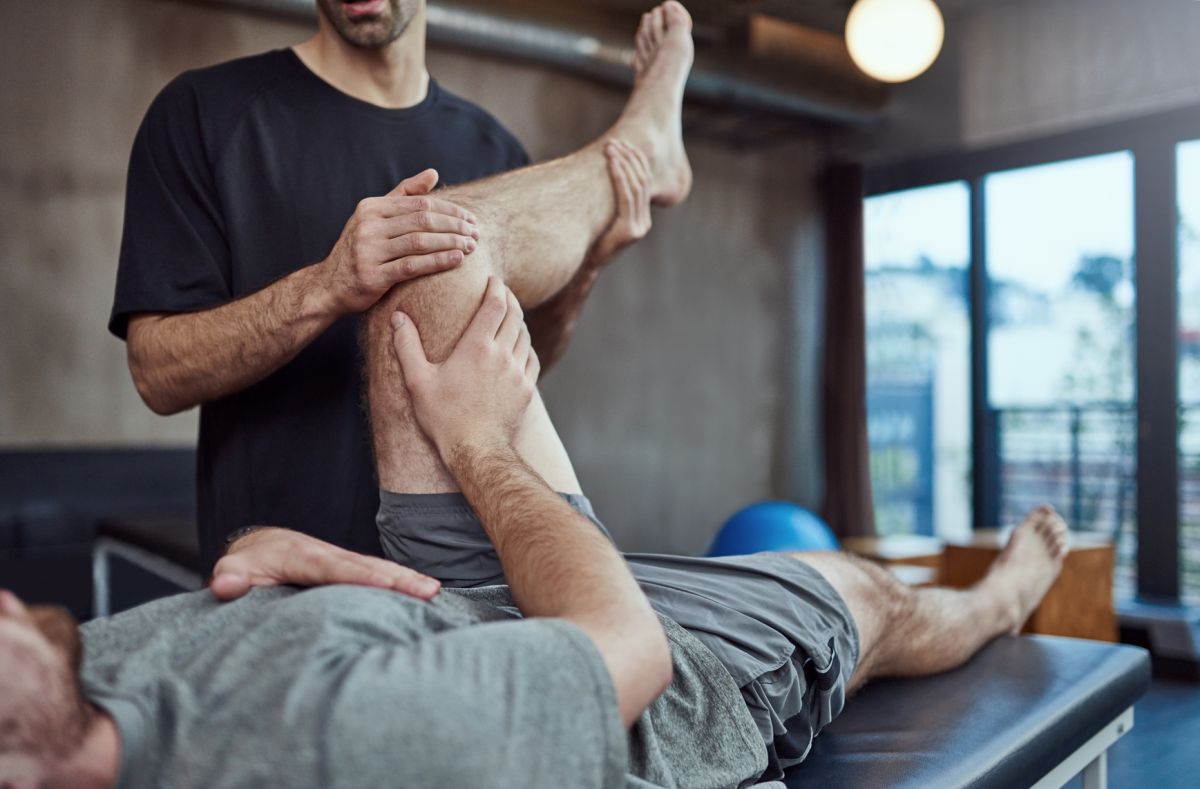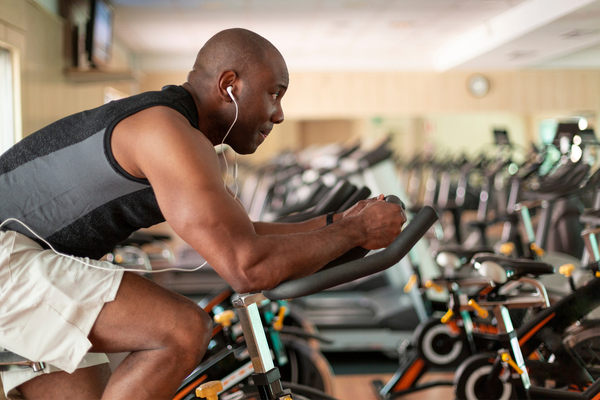
Pain and movement
Pain is something all humans experience at some point. For some people, the pain makes sense: they know where it comes from as well as when and why it started. There is no confusion.
Unfortunately, for others, the pain is not so clear cut. At times, it seems random and frustrating, which makes getting back to moving and resuming normal activities more difficult. If this sounds like your pain, you’ll find below a few strategies that can help you start moving again so that you can succeed with your therapy program.
However, before you implement strategies for movement and exercise, you should take the time to learn how pain works, as knowledge can be tremendously beneficial in helping you determine which pain management strategies are right for you. If you don’t know why you’re in pain, make sure to get a thorough diagnosis and discuss pain with a healthcare professional who understands pain and pain management.
Once you understand your pain better, try:
1) Breathing

A common symptom we see when people are hurting is a very shallow or stressful breathing pattern, meaning people typically move their chest more than their belly. Their breathing rate is a bit faster than normal and they often hold their breath when the pain worsens. This is our body’s way of reacting to a stressful situation or environment and in the short term, it’s not a source of concern.
Whether you have persistent pain or you’re recovering from temporary, but very acute pain, getting your breathing in check can really help you move and ease muscle tension. When we ask most people if they are aware of breathing strategies, they often demonstrate a really deep, accentuated abdominal breathing pattern, but sometimes different techniques that require less effort are more useful. I spent some time training with another great Canadian physiotherapist, Neil Pearson, who taught me that there are many ways to practice breathing. You can learn more about Neil’s work and his Pain Care for Life program at https://lifeisnow.ca.
Try this. Get into the most comfortable position that you can. Take 1 minute and just focus on the sensations of your breathing. As you focus, answer the following questions: Is my breath shallow or deep? What part of my torso is moving with each inhalation/exhalation? How long is each breath? Am I working hard to breathe?
After 1 minute of focus, slow your breath down by a second or two. If it took you 3 seconds for each inhalation/exhalation, expand it to 4-5 seconds.
When you are ready, make your exhalation just a bit longer.
If your body is tense, bring in more calm. Make your breath longer, smoother, softer.
If you can add one more element, try making your belly rise and fall a bit more than your chest. Refocus the movement a bit more towards your abdomen.
Practice calming your breath, which in time can help you calm your body and mind. Try directing your attention away from your pain.
As you start moving, maintain this calm breathing pattern. When you notice breath-holding, do your best to get back on track.
2) Facial expression
Keep your face in check. Expressing pain with your face during movement makes it more difficult to keep your body and muscle tension calm.
Grimacing in pain only increases muscle tension and is associated with a stress response. Therefore, a second rule is to keep your face calm as you move. If you’re able to keep your breath under control, but can’t keep your face calm, the movement is likely too stressful for you.
3) Movement

Next, it’s time to incorporate movement. Find an activity or movement that you believe is safe and also meaningful to you. For example, it could be just raising your arm or bending your knee. The movement you practice could also be something very functional, like walking.
As you explore movement, you build body awareness and focus on maintaining breath and body tension control. Working with a physiotherapist can give you direction and guidance throughout this process.
Repeatedly associating calmness of breath, body and face with stressful activities helps facilitate a positive change in your nervous system. Over time, this can really help improve your ability to move.
4) Sustainability
The last concept is to keep your activity sustainable. Routine practice allows you to build your tolerance or perfect this movement.
If you just push through the pain too much, it’s likely you’ll have to recover for a few days before being able to practice again. That’s not a very sustainable practice, which could lead to problems with consistency.
The bottom line is, if you can’t keep your breath under control and you’re making pain faces, then the activity is likely too stressful. Experiencing some pain during movement may just be the way it is, but as long as you work within your abilities and keep your movement practices consistent, then it’s very likely you will make progress.
At Lifemark’s new website, https://lifeisnow.ca, you can try the First 5 Steps of the Pain Care for Life program for free. This is a great resource to gain more information on different tools and techniques to help you overcome persistent pain.
If you’re struggling with persistent pain and would like to speak with a Lifemark clinician, check out our Locations page to find a clinic near you or book online to schedule an appointment at a Lifemark clinic near you.



